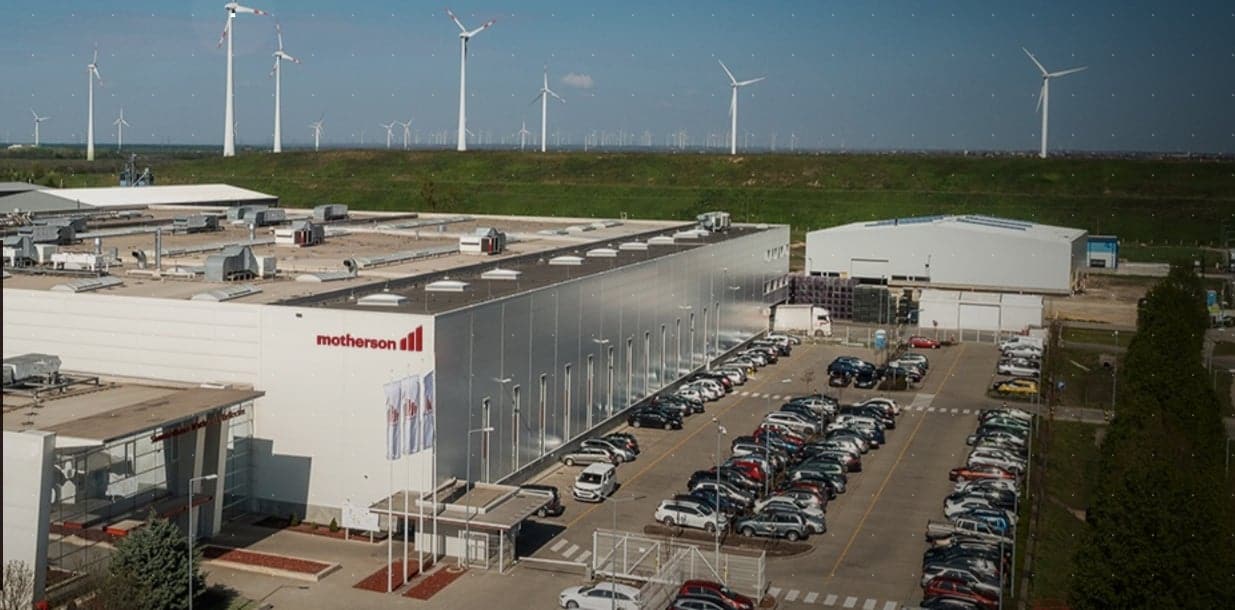Country's largest lender State Bank Of India on Monday announced plans to 'solarise' 4 lakh homes by Fiscal 2027 to help in the country's renewable energy transition efforts.
"In order to play a lead role in India's renewable energy transition, SBI's Solar Rooftop Programme aims to solarise 4 million homes by Fiscal 2027, advancing India's Net Zero 2070 goals," an official statement said.
The bank made the announcement as it marked the completion of 70 years.
The lender said its agricultural lending exceeded Rs 3.5 lakh crore in Fiscal 25 -- the highest in the country -- supporting farm infrastructure, agri-enterprises, Farmer Producer Organisations, and cooperatives to enable sustainable rural development.
It spent Rs 610.8 crore in corporate social responsibility initiatives, reaching 94 aspirational districts, the statement said, adding, the efforts spanned healthcare, education, rural development, and environmental sustainability.
The projects also include a mission to plant 9 lakh trees in the Cauvery basin and support for underprivileged students and persons with disabilities.
The bank is also putting up a centre of excellence on project finance in new age businesses like renewable energy, e-mobility, data centres, semiconductors, green hydrogen, decarbonisation and smart infrastructure which is aimed to become an 'asset of national importance'.
"Today, we are investing deeply in our people, technology, and infrastructure to serve a billion aspirations with greater speed, empathy, and responsibility. Our vision is not just to lead in scale, but to lead with purpose, unlocking long-term value for every stakeholder and powering India's journey towards a more equitable and resilient future," chairman C S Setty said.
 RECOMMENDED FOR YOU
RECOMMENDED FOR YOU

India’s E-Commerce Sales To Cross Rs 1.15 Lakh Crore This Festive Season, Growing 20-25%: Redseer
 Aug 26, 2025
Aug 26, 2025

SBI To Urge RBI To Let Banks Finance M&A Deals
 Aug 26, 2025
Aug 26, 2025

SBI Credit Card Update: Reward Points Barred On Digital Gaming And Govt Transactions For These Cards
 Aug 25, 2025
Aug 25, 2025

SBI Raises Home Loan Interest Rates By 25 Basis Points: How Do They Compare With Other Banks?
 Aug 18, 2025
Aug 18, 2025

